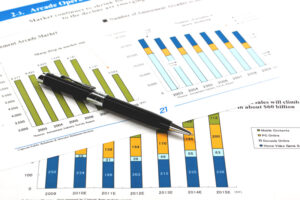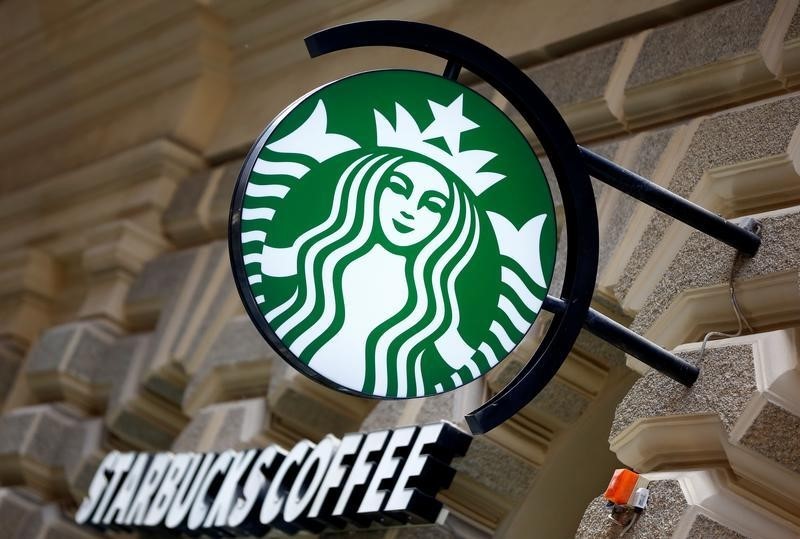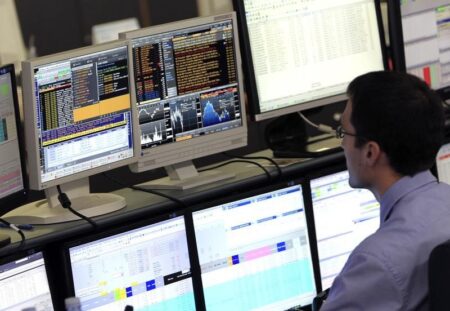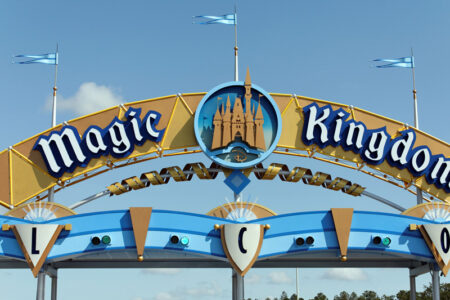Investing.com – Analysts at Redburn Atlantic have lowered their rating of Starbucks (NASDAQ:) to “Sell,” arguing that the consensus outlook for the coffee chain does not “adequately reflect” the costs associated with the company’s sweeping turnaround plans.
In October, Starbucks suspended its outlook through the next fiscal year as new CEO Brian Niccol works to revamp the company amid falling demand for its higher-priced offerings.
Same-store sales, net revenue and income all declined in the fourth quarter ended on Sept. 29.
“Starbucks has not grown weekly visits in its US system since 2016,” the Redburn Atlantic analysts led by Edward Lewis (JO:) said in a note.
“As a result, ticket, an average transaction’s dollar amount, not transactions, has led comp[arison] growth through pricing, beverage customisation, food sales and a move into noncoffee beverages, where Starbucks does not have the same right to win as it does in coffee. Consequently, the business has become more complex, customers are waiting too long for orders and loyalty membership has plateaued.”
The results underscored the challenges facing Niccol’s push to turn around Starbucks’ fortunes. Niccol, who assumed the helm of the business in a surprise move in August, said that a “fundamental change” to the firm’s strategy is needed “so we can get back to growth.”
He added that the company would streamline its “overly complex menu” and adjust its “pricing architecture.” In particular, Niccol argued that Starbucks’ menu of drinks and food has become “overly complex.”
Redburn Atlantic’s Lewis said there is “merit” in Niccol’s plan, adding Starbucks is expected to see a return to positive comparative sales in its 2025 fiscal year. However, Lewis flagged concerns around the expenses Starbucks must incur during the overhaul.
“In fact, this has been Starbucks’ Achilles Heel since 2017, where company-operated stores have grown revenues at 7.5% [per annum] but store operating expenses have grown at 9.5% [per annum], representing an 820-basis point headwind to margins,” Lewis said.
“We see a similar scenario with the Back to Starbucks plan where consensus does not reflect the uplift in costs required to sustain the plan.”
He added that Starbucks’ recently frothy valuation — its shares are trading above a 20-year average price-to-earnings multiple – also leaves the company with “little room for error.”
Read the full article here
















